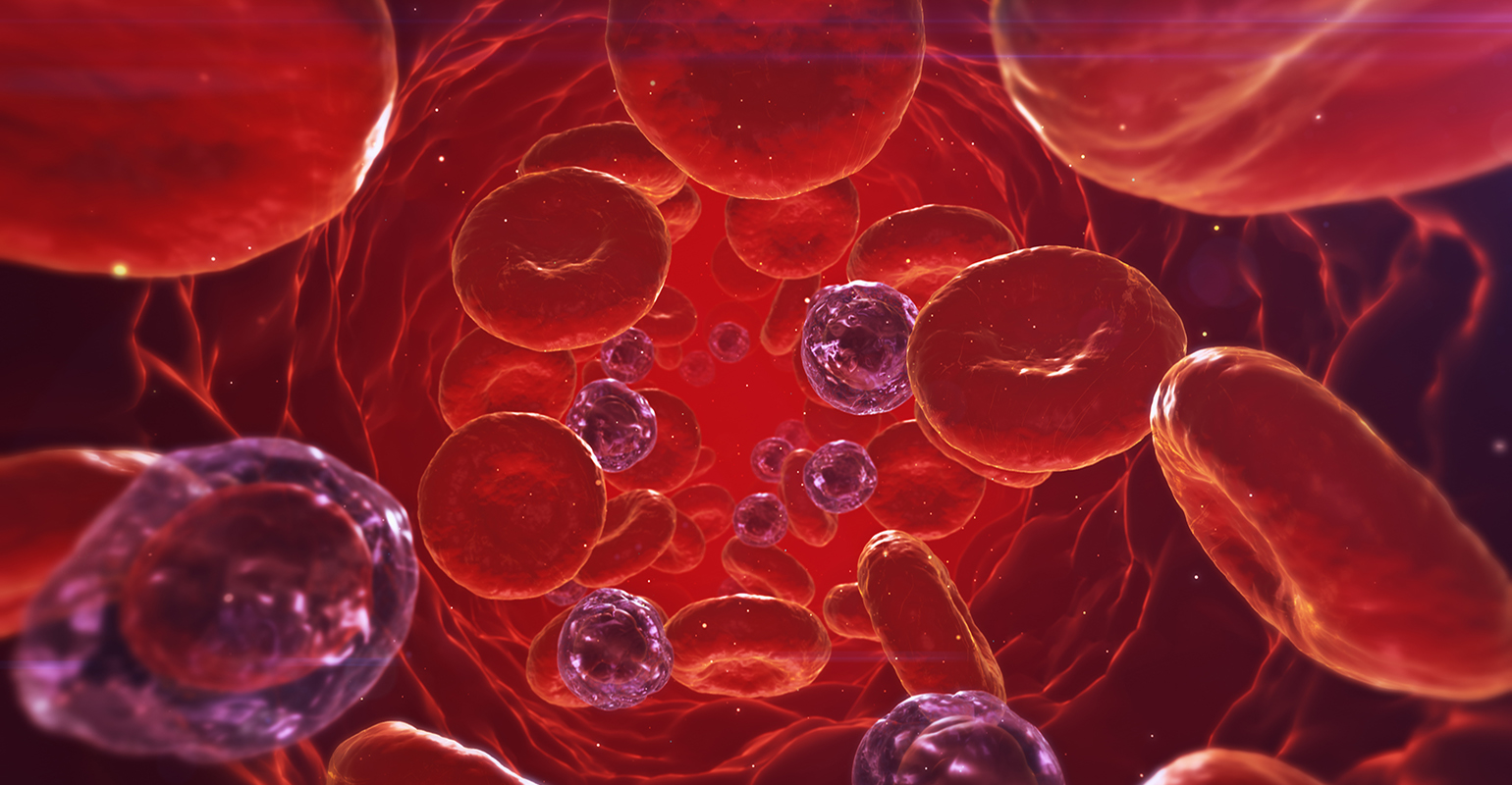
‘Stealth’ Polymer Optimizes Drug Delivery

A new “stealth” polymer intended to deliver drugs more efficiently and safely also might have potential to break down plastic waste.
The new material — Polythio Glycidyl glycerol (PTGG) — was developed at England’s University of Portsmouth School of Pharmacy & Biomedical Sciences prompted by the buildup of polyethylene glycol (PEG) antibodies in people who have received COVID-19 vaccines and boosters. PEG, which is nontoxic and highly soluble, is the most commonly used polymer for biomedical applications.
PTGG exhibits greater physical stability than PEG and appears to avoid detection by immune systems as it travels through the bloodstream. It also protects tissue from oxidative and inflammatory damage.
Because of PTGG’s “active stealth” properties, researchers at the university are looking at pairing it with enzyme technology developed at the school’s Centre for Enzyme Innovation (CEI) to gauge how it might be used to break down plastics, as explained in the video. If PTGG can stabilize nylon-degrading enzymes, it could be useful for combating single-use materials.
“In an industrial setting, plastic-degrading enzymes must operate under challenging conditions, such as high temperature, so we are excited to see whether attaching PTGG to them can enhance their performance,” said Professor Andy Pickford, director of the CEI.
The CEI has already developed enzymes to curb plastics like PET and also aims to help recycle polyester clothing to stop millions of tons of waste from ending up in landfill or being burned every year.
“We will test the compatibility of our engineered enzymes with additives, dyes, and solvents to select those enzymes that are best suited to polyester textile deconstruction,” Pickford explained. “Then we will apply these enzymes to appropriately pretreated waste polyester textiles in laboratory-scale bioreactors to evaluate the potential and limitations of scaling up the technology.”
End-of-life polyester clothing can be turned into carpets and other products, but current recycling methods use a lot of energy.
“Our research will establish the feasibility of using enzymes to deconstruct the PET in waste textiles into a soup of simple building blocks for conversion back into new polyesters, thus reducing the need to produce virgin PET from fossil-fuel-based chemicals,” Pickford concluded. “This will enable a circular polyester textiles economy and ultimately reduce our dependence on taking oil and gas out of the ground.”

Leave a Reply